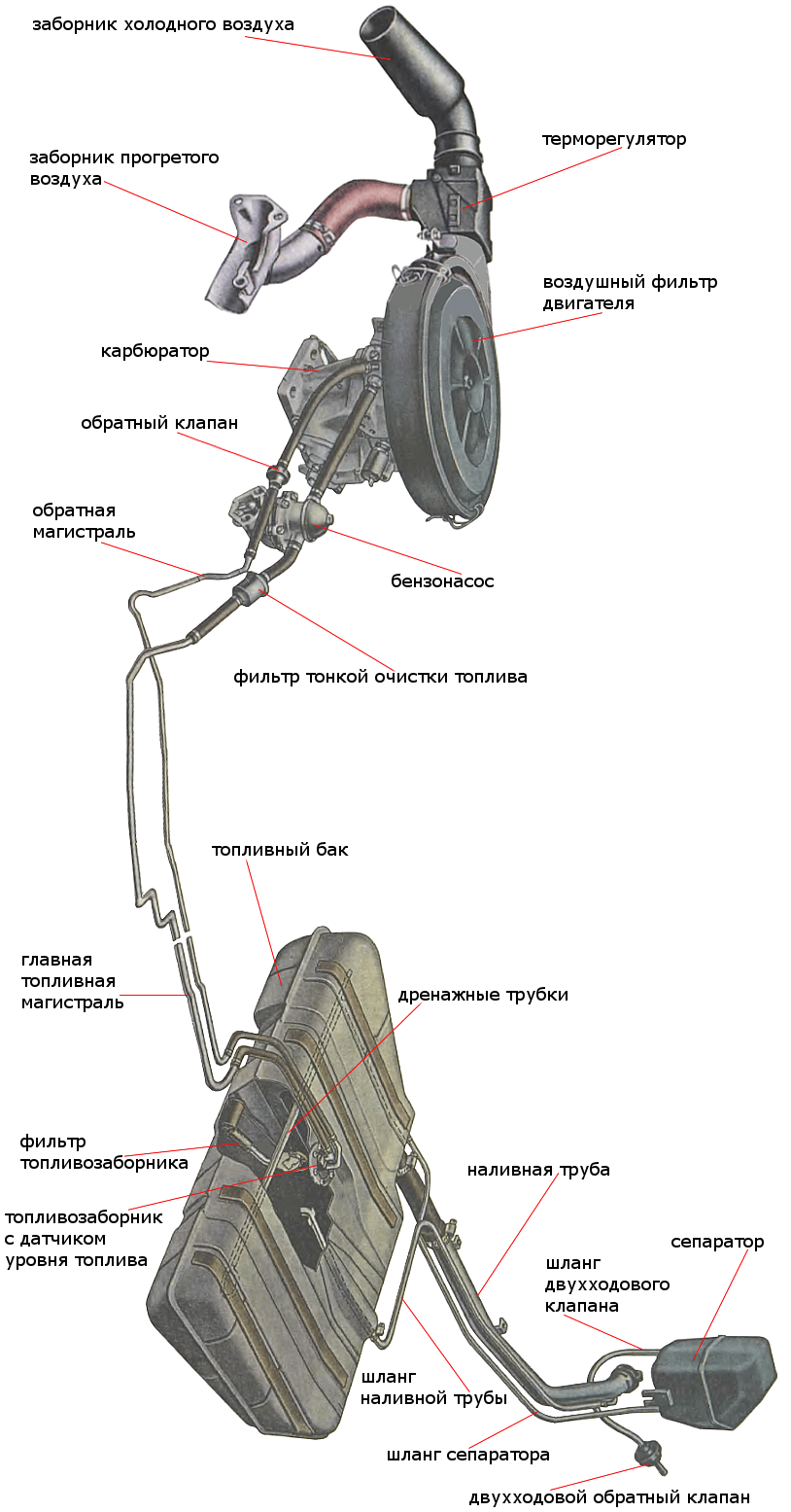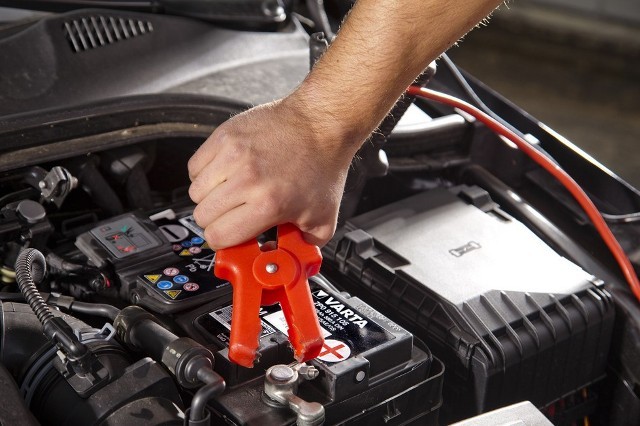
How does a carburetor work in a fuel system?
The carburetor is responsible for mixing gasoline and air in the right amount and supplying this mixture to the cylinders. Although they are not in new cars, carburetors delivered fuel to engines ...
Slot machine carburetor responsible for mixing gasoline and air in the right amount and supplying this mixture to the cylinders. Although not used in new cars, carburetors deliver fuel to the engines of every vehicle, from legendary racing cars to high-end luxury cars. They were used in NASCAR until 2012 and many classic car enthusiasts use carbureted cars every single day. With so many diehard enthusiasts, carburetors must offer something special for those who love cars.
How does the carburetor work?
The carburetor uses the vacuum created by the engine to supply air and fuel to the cylinders. This system has been used for so long because of its simplicity. throttle can open and close, allowing more or less air to enter the engine. This air passes through a narrow opening called venturi. Vacuum is the result of the airflow needed to keep the engine running.
To get an idea of how a venturi works, imagine a normally flowing river. This river moves at a constant speed and the depth is very constant throughout. If there is a narrow section in this river, the water will have to accelerate in order for the same volume to pass at the same depth. Once the river returns to its original width after the bottleneck, the water will still try to keep the same speed. This causes the higher velocity water on the far side of the bottleneck to attract water approaching the bottleneck, creating a vacuum.
Thanks to the venturi tube, there is enough vacuum inside the carburetor so that the air passing through it constantly draws gas from the carburetor. jet. The jet is located inside the Venturi tube and is a hole through which fuel enters from float chamber can be mixed with air before entering the cylinders. The float chamber holds a small amount of fuel like a reservoir and allows fuel to flow easily to the jet as needed. When the throttle valve opens, more air is sucked into the engine, bringing more fuel with it, which increases engine power.
The main problem with this design is that the throttle must be open in order for the engine to get fuel. The throttle is closed at idle, so idle jet allows a small amount of fuel to enter the cylinders so that the engine does not stall. Other minor issues include excess fuel vapor coming out of the float chamber(s).
In the fuel system
Carburettors have been made in various shapes and sizes over the years. Small engines may use only one single nozzle carburetor to supply fuel to the engine, while larger engines may use up to twelve nozzles to stay in motion. The tube containing the venturi and jet is called barrel, although the term is usually used only in relation to multi-barrel carburetors.
In the past, multi-barrel carburetors have been a big advantage for cars with options like 4- or 6-cylinder configurations. The more barrels, the more air and fuel could get into the cylinders. Some engines even used multiple carburetors.
Sports cars often came from the factory with one carburetor per cylinder, much to the dismay of their mechanics. All this had to be tuned individually, and the temperamental (usually Italian) powerplants were especially sensitive to any tuning imperfections. They also tended to need tuning quite often. This is the main reason fuel injection was first popularized in sports cars.
Where have all the carburetors gone?
Since the 1980s, manufacturers have been phasing out carburetors in favor of fuel injection. Both do the same job, but complex modern engines have simply evolved from carburetors to be replaced by much more precise (and programmable) fuel injection. There are several reasons for this:
Fuel injection can deliver fuel directly to a cylinder, although a throttle body is sometimes used to allow one or two injectors to deliver fuel to multiple cylinders.
Idling is difficult with a carburetor, but very easy with fuel injectors. This is because the fuel injection system can simply add a small amount of fuel to the engine to keep it running while the carburetor has the throttle closed at idle. The idle jet is necessary so that the carburetor engine does not stall when the throttle is closed.
Fuel injection is more precise and consumes less fuel. Because of this, there is also less gas vapor during fuel injection, so there is less chance of fire.
Although obsolete, carburetors make up a large part of automotive history and work purely mechanically and intelligently. By working with carbureted engines, enthusiasts can gain a working knowledge of how air and fuel are supplied to an engine to ignite and propel.
